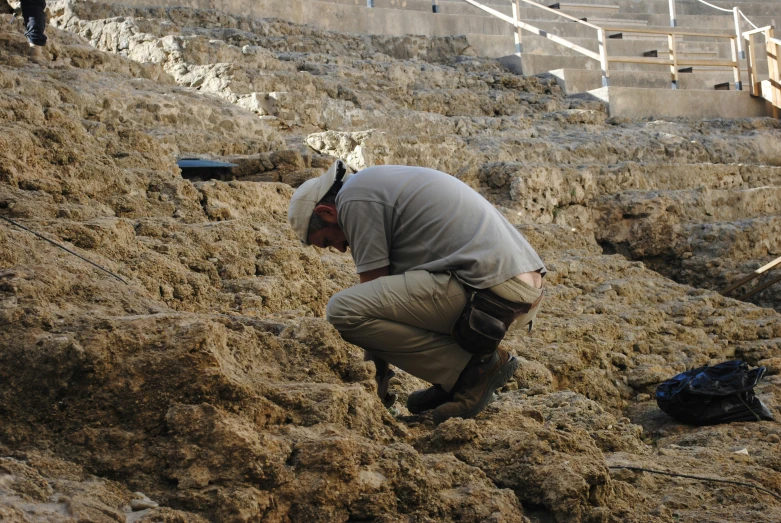Introduction
In my years of engineering experience, Benching Excavations is a technique I highly value. It enhances safety on construction sites and effectively reduces the risk of collapse. In this article, I will share my insights on this method, covering aspects such as understanding, planning and design, safety measures, execution steps, and more, hoping to provide valuable references for you.
1. Understanding Benching Excavations
What are Benching Excavations?
Benching Excavations is a layered excavation technique that creates a stair-step digging profile to improve soil stability. I often find that this method not only ensures worker safety but also optimizes construction efficiency.
Comparison with Other Excavation Methods
Compared to traditional vertical excavation methods, I believe Benching techniques have significant advantages. They effectively distribute soil pressure, reduce collapse risks, and allow better drainage, minimizing the risks associated with water infiltration.
Applications in Different Projects
In several of my projects, Benching Excavations have been widely applied in deep foundations, tunnel construction, and urban infrastructure. This method has allowed me to maintain safety and efficiency in complex environments.
2. Planning and Design
Site Assessment
The first step in executing Benching Excavations is a comprehensive site assessment. I typically conduct soil tests and analyses to ensure we understand the foundation’s stability and load-bearing capacity.
Design Considerations
During the design process, I consider various factors such as layer height, layer width, and slope ratios to ensure excavation safety and compliance. Adhering to local building codes is a principle I always keep in mind.

3. Safety Measures
Risk Assessment
When undertaking Benching Excavations, comprehensive risk assessment is crucial. I analyze soil types, weather conditions, and equipment usage, developing a detailed risk management plan.
Safety Protocols
Implementing safety protocols is a vital part of ensuring construction safety. I recommend conducting regular site inspections and providing necessary safety training for workers, ensuring everyone is proficient in safe operating procedures.
4. Executing Benching Excavations
Preparation Steps
Before executing Benching Excavations, thorough preparation is essential. I ensure the construction area is free of debris and accurately mark the position and depth of each excavation layer to meet design requirements.
Excavation Techniques
During the excavation process, I strictly follow the design sequence, excavating layer by layer, and regularly check the stability of each layer to ensure construction safety.
Monitoring During Excavation
Ongoing monitoring is key to ensuring safety. I routinely check for changes in soil conditions, adapting to site conditions as needed and adjusting the construction plan promptly.
5. Importance of Used Machinery
In my projects, the use of used machinery has provided significant economic benefits. Their costs are typically lower than new equipment, while they also possess good reliability, making them well-suited for long-term construction.
6. Post-Excavation Considerations
After excavation, I ensure site restoration, including backfilling and leveling. I also assess the impact of construction on the environment, taking necessary measures to minimize noise and pollution.
7. Common Challenges and Solutions
In practice, I have encountered issues such as soil collapse and equipment failures. I typically develop comprehensive emergency response measures to handle problems swiftly and effectively when they arise.
8. Resources and Further Reading
I recommend referring to relevant building codes and industry standards while providing information on professional training and certification courses to help construction personnel enhance their skills.
Conclusion
In summary, Benching Excavations is an effective excavation method. In my experience, it not only improves safety but also optimizes construction efficiency. I hope that by sharing these insights, I can help you navigate your future projects more smoothly and safely. If you have any questions or experiences to share, feel free to reach out to me!


